BODEMDIERENDAGEN
Zoek mee naar Tiny Ten + Little Eleven!
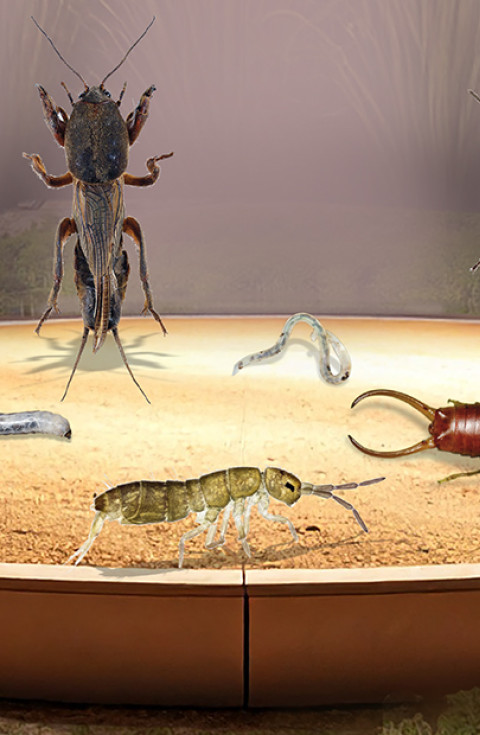
Ga jij ook op bodemdierensafari? Er gaan elk jaar duizenden mensen in het hele land op zoek naar bodemdieren!
Dichtbij huis is er een vergeten jungle vol dieren. Kleine dieren, maar onmisbaar voor een gezonde bodem en dus voor ons. Zoek mee en ontdek wie er onder jouw voeten leven− sinds kort ook in andere landen dan Nederland. En geef je waarneming hier op deze site door als citizen scientist. Dat kan het hele jaar.
In 2025 beleven we samen alweer de 11e editie van de Bodemdierendagen. Het thema is: Little Eleven! Want naast de Tiny Ten leeft er nog veel meer in de bodem... Zoek je ook mee?
Agenda
-
Bodemdierendagen 2026
In een gezonde bodem leven bodemdieren. Zoek je mee? Dat kan overal in het land... je hoeft alleen maar even de deur uit! Elk jaar rond Werelddierendag gaan honderden mensen op bodemdierensafari. In hun eigen tuin, het park om de hoek, op het schoolplein of zelfs het balkon. In 2026 voor de 12e keer alweer.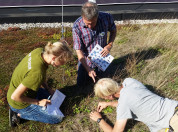
-
Bodemdieren op Grote Open Dag NIOO
In 2026 is het weer zover: op 3 oktober vindt weer de grote open dag van het Nederlands Instituut voor Ecologie (NIOO-KNAW) plaats. Ook bodemdieren en bodemonderzoek komen hier ruim aan bod.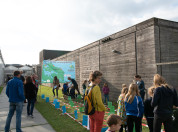
Nieuws
-
Franeker en Leeuwarden winnen samen titel Bodemdierenstad van het Jaar
Normaal kan er maar ééntje winnen, maar ditmaal zijn het er twee. Zowel gemeente Leeuwarden als Waadhoeke – Franeker en omgeving – mag de eretitel Bodemdierenstad van het Jaar nu voeren. Zij lieten tijdens de Stedenbattle 2025 van het burgerwetenschapsproject de Bodemdierendagen in hoge mate zien hart te hebben voor bodemdieren en het belang van een gezonde bodem in de stad. Met name in Friesland dus.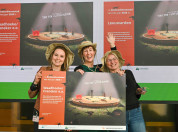
-
Resultaten 11e editie Bodemdierendagen
Dit jaar kennen de bodemdieren van Nederland een vertrouwde winnaar. Net als vorig jaar werd de regenworm in de meeste tuinen gezien, door bijna 2500 burgerwetenschappers tijdens de Bodemdierendagen. Wél opvallend was de opmars van de miljoen- en duizendpoten, en juist de terugval van de huisjes- en de naaktslakken. De fikse droogte van dit voorjaar zien we zo nog duidelijk terug in het bodemleven tijdens deze herfst.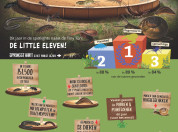
-
De wondere wereld onder een stoeptegel
Als je door een stad of dorp loopt, zie je eigenlijk niet zoveel van de bodem. Je loopt op asfalt, klinkers, of tegels. En eigenlijk valt de bodem in parken ook niet zo op: je ziet voornamelijk gras, bomen, misschien wat struiken. Maar wat valt er veel te ontdekken als je eens een stoeptegel optilt!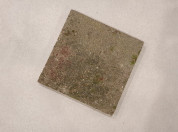
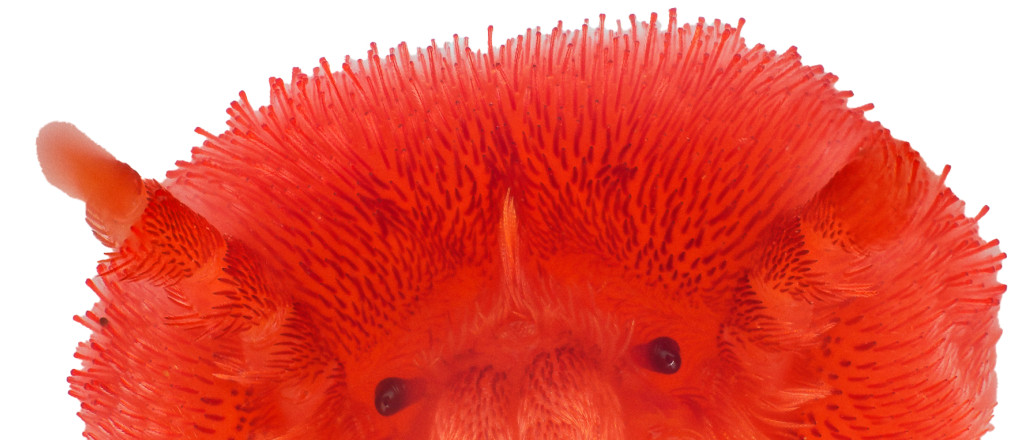
Wat doe jij terug voor de bodemdieren? Vertel het ons en ontvang het feestelijke boekje Ondersteboven






